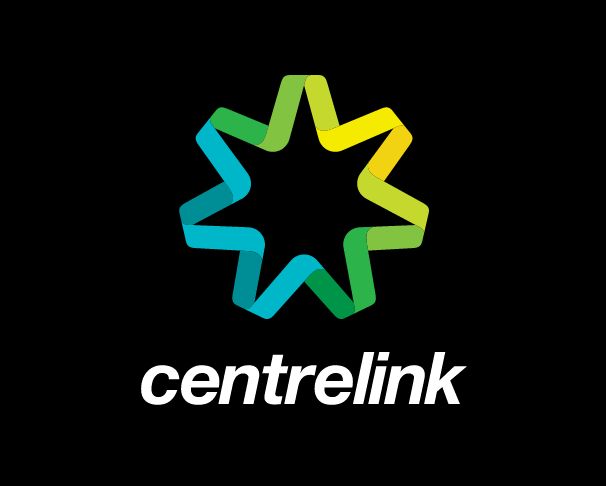
Editorial: Failure demand at the heart of dissatisfaction with Centrelink
Australia’s social security shopfront Centrelink has not been having a great time lately. A growing chorus of voices has been expressing frustration at the extraordinarily lengthy hold times experienced when attempting to get help by phone. Additionally, high-profile failures with the single sign-on MyGov system and a website breakdown just before Christmas have left welfare recipients without payment and no obvious way to get recourse.
Worse still, far from being apologetic, the response of the agency has been highly defensive as quoted by the Canberra Times:
This demand is growing in response to changes in the social security system and the increasing complexity of customer enquiries … Given this, customers may experience delays from time to time and especially during peak periods … The department acknowledges it can be frustrating when people experience delays in reaching a service officer.
I beg to differ. When 30% of calls fail to be answered, this is not just “peak demand”. It is not just “clients with more complex questions”. Let’s be frank: Centrelink is trying to avoid responsibility for problems of its own making. The excuses being given by its leaders are just not good enough.
It is obvious enough that Centrelink is trying to use technology and self-service to cut per-transaction costs. There is nothing wrong with this goal in and of itself. However, as technology becomes more critical to the act of completing a transaction, cascading failure demand becomes a greater risk. The essential UK blogger Simon Guilfoyle explains failure demand this way:
… failure demand [is] ‘demand caused by failure to do something or do something right for the customer’. So… all those calls about ‘I don’t understand the form you sent me’, ‘why have you sent me two identical letters?’, or ‘no one has gotten back to me about what’s happening with my case’, is failure demand …
The design of the system is responsible for this … the problem of people not getting through on the phonelines or being stuck on hold having to listen to Bruno Mars is definitely not a capacity issue, so it doesn’t need money and additional resources throwing at it. A slightly larger call centre will only handle failure demand a bit faster, not fix the problem.
In other words, failure demand is mostly not caused by technological systems failure, although broken or buggy IT systems will certainly generate failure demand. Most technology faults are comparatively easily diagnosed and permanently fixed, whereas the complex web of motivations, skills, and behaviours of humans cannot be simply resolved through a software patch. Fixing failure demand takes understanding and empathy, as well as a sound, holistic knowledge of systems dynamics, not a software engineer.
If Centrelink is serious about fixing its massive failures of service, the first thing it must do is set up a dedicated taskforce to identify its sources of failure demand, not just excuse and hide the symptoms (increased call volume). Only then will it genuinely be able to claim it is serious about fixing the customer service experience of the millions of Australians who rely upon Centrelink every month.





